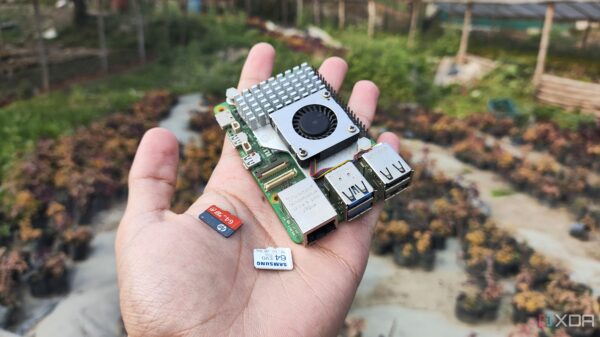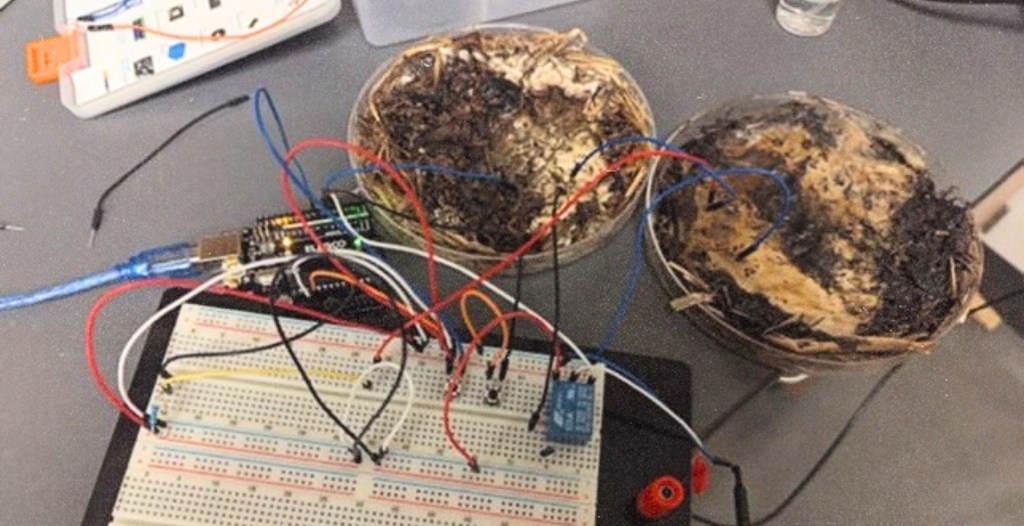Researchers have developed functional computer components using shiitake mushrooms, marking a significant advancement in the field of organic computing. This innovative approach utilizes the mycelium, the threadlike roots of fungi, to create memristors—circuit elements capable of retaining electrical states. The findings were detailed in a paper published in PLOS One.
The research team, led by psychiatrist John LaRocco from Ohio State University, successfully demonstrated that these organic components perform comparably to conventional circuitry found in standard laptops. The potential applications of these biodegradable and low-cost circuits could revolutionize the way computers process information and store data.
Innovative Use of Mycelium in Computing
To create these memristors, the team cultivated nine batches of shiitake mycelium in petri dishes, allowing the fungi to develop into complex networks. After drying the mycelium under sunlight, they connected it to circuits. Remarkably, the fungal fibers exhibited a response to voltage similar to that of biological synapses, achieving a signal firing rate of approximately 5,850 hertz with an accuracy of 90 percent. This performance is notably close to that of the most affordable commercial memristors, especially considering the organic nature of the materials used.
While these fungi-based components are not yet suitable for high-performance applications, they do show promise. As voltage levels increased, the performance of the mycelium-based circuits did decrease, indicating limitations in their current capacity. However, researchers found that connecting multiple mycelium networks could enhance power and circuit stability, suggesting a pathway for further improvements.
Future Implications of Fungal Computing
The implications of this research extend beyond mere curiosity. LaRocco envisions a future where the components for advanced devices like smartphones or gaming computers could be produced from simple organic materials. He stated that the tools required for exploring fungal computing could range from a modest compost heap to large-scale culturing factories equipped with templates.
This research opens new avenues for sustainable technology development, presenting an eco-friendly alternative to traditional computing materials. As the world seeks more sustainable practices, organic computing may provide a viable solution, merging technology with nature in innovative ways.
The work of LaRocco and his team showcases the potential of fungi in addressing modern technological challenges. As they continue to refine their methods, the prospect of utilizing shiitake mushrooms in computing could reshape our understanding of electronics and sustainability in the digital age.








































































